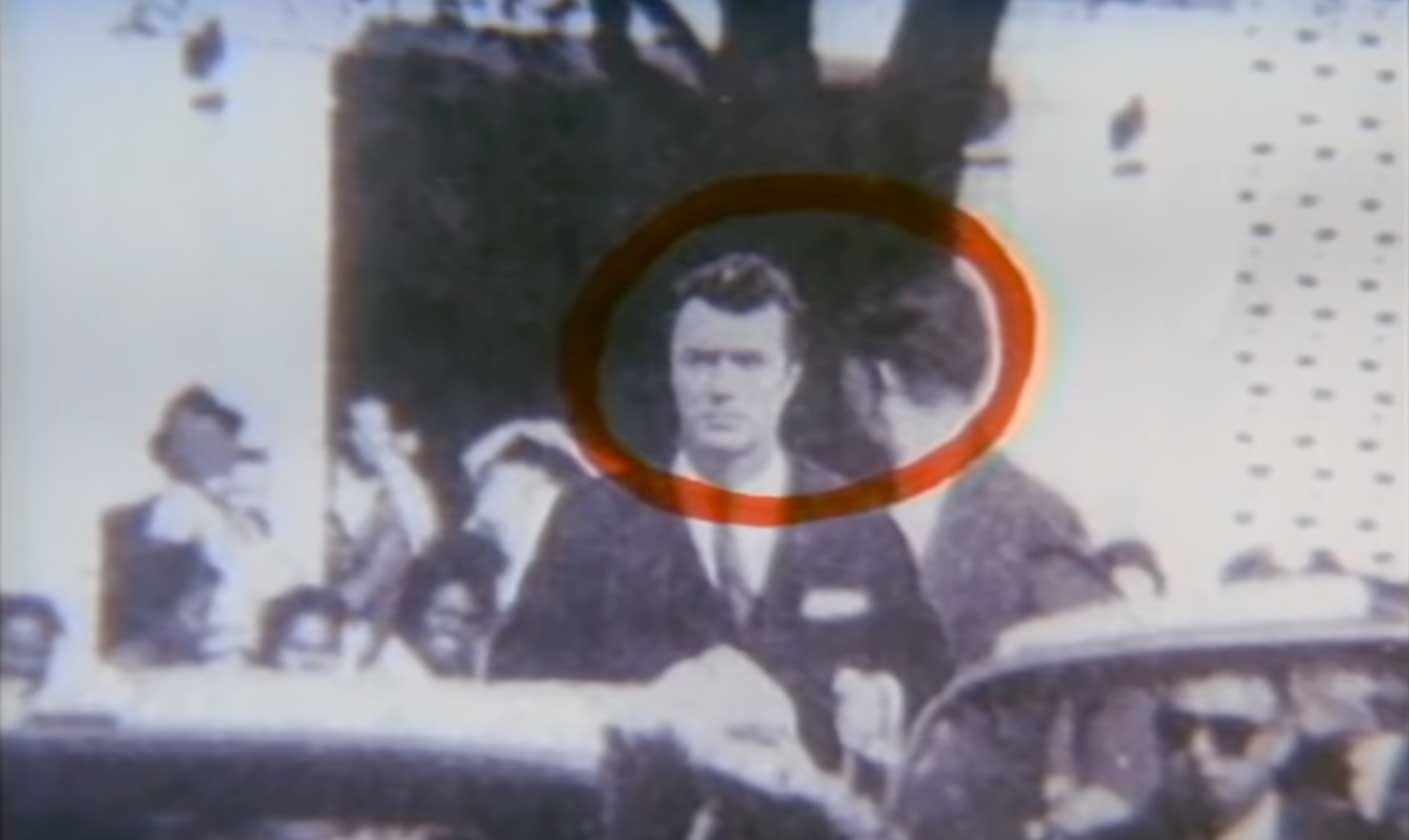Many years ago I was interviewed on a FOX news magazine show, Front Page I believe it was called, about compositing photos with Photoshop. The gag I was filmed making was compositing a tree on a sidewalk in such a way as to block a stop sign. I then printed out a hard copy, on paper that made it look like a photo. The idea was then to say, “Well your honor, as you can see by this photo, the stop sign I was ticketed in running wasn’t visible.” Hypothetical situation, of course. The real message I delivered, and which stayed in the episode was, “If a photo you are looking at makes no sense, you really don’t have to believe it.”
In essence, Photoshop has killed and laid to rest the idea that “seeing is believing.” We should always remember that Photoshop can be used as a bullshit factory. As the header image shows, it gives you the capability of compositing completely unrelated images. The image set below is a great example of fakery for fun.
In 1993, when Photoshop was still fairly primitive, I produced this image for the Clint Eastwood film In the Line of Fire.
Fun images and movie props are legitimate uses of Photoshop’s amazing image manipulation tools. But too often we are confronted with images that are inflammatory and designed to either con us, upset us, stampede us into various attitudes or all of the above.
We see these in use more commonly in the political sphere, but also in criminal operations—and frankly there’s not a lot of difference between political and criminal these days. The operative term here is propaganda. Take a generic photo, add some clever copy and you have the modern meme.
But like I told the producers of that FOX show back in the day, you are under no obligation to believe what you are being presented.

